RPGFan recently had the opportunity to speak to Tiny Trinket Games about their upcoming turn-based RPG, Zoria: Age of Shattering, and it looks like they’ve created an entry chocked to the rafters with systems and ideas after seven years of development. The fact that the game is launching into a gaming landscape filled with a turn-based resurgence over the last few years (including the all-consuming specter of Baldur’s Gate III) will hopefully draw it to a wider audience and offer players fresh ideas in the turn-based RPG space.
Players take on the role of an army leader in the world of Zoria, fighting on behalf of the Kingdom of Elion in a vicious territorial war against Iziria. The story begins as Elion faces destruction, with all but one of its mighty northern fortresses fallen against Izirian forces who have tapped into Necromancy and Death Magic to turn the tide of battle in their favor. The developers were keen not to spoil the narrative, but it seems there could be twists with the different sources of evil. Other than that, it serves as a perfectly serviceable narrative for the combat and exploration, and one that does not seem overly complex or reliant on an excess of character or geopolitical history.
The world so far presents larger-than-life visuals with many bright colors and details in both combat scenarios and the adventure map. Zoria: Age of Shattering is full of different biomes and area themes, and the attention to detail in this world hearkens back to points of interest from the Heroes of Might and Magic or Disciples series. The fully adjustable camera shows off the 3D world, encouraging environmental exploration. The exploration itself works in real-time, enabling players to gather lore about the world and undertake some light puzzle-solving. This includes a clever system whereby different areas of the world are inaccessible depending on which classes are active on the player’s roster, encouraging the use of different squad configurations. During this phase, there are also numerous resources to find, lots of useful loot to secure, and a survival mechanic causing troops to fatigue as they push onward.
Combat occurs within smaller, dynamic maps and promises to be on the speedier side of the turn-based spectrum. The system utilizes a familiar two-action economy with a smattering of mana points and focus points used to power more powerful actions. Each unit has different abilities they can deploy, which work in synergy with each other as well as offering some unique interplay with the map environment. Several classes are available to recruit and fight with, each of which is an individual character with specific base stats. This includes the Sentinel, who works as tank/damage-dealing warrior to attract enemy assaults and provide light support for the party. Others, such as the Ranger, focus on ranged attacks (backed up by the ability to summon a Direwolf companion) and placing traps on the battlefield to control field position.
The full range of classes in Zoria covers multiple playstyles and synergies, and the developers are keen for players to explore different compositions — doubling or tripling up on classes can work depending on how players use and upgrade them, as there are multiple builds for each class. Unlike some other genre examples, the game encourages players to use their full range of recruits rather than just an ‘A-list’ first team in combat and exploration. The loss conditions of the game support this, as units reduced to zero hit points are not lost permanently but can recover and fight again.
The overall sense of the combat is one of speed and efficiency, with smaller maps and a smallish number of units that look to keep combat from becoming unwieldy. The gridless combat map supports this, directing units quickly to an available point without needing to snap to a grid or worry about selecting unit direction. Combat speed is adjustable and sufficiently fast to facilitate the quick combat even further. It really feels like Tiny Trinket Games understands and respects the player’s time, especially given how all-consuming this genre can be in that regard.
Players control their own fort in addition to controlling their army; forts act as a hub and progression base for said army. Players can upgrade their forts and craft all manner of useful materials that offer combat or field bonuses, such as potions or food to reduce survival costs when exploring. As an example of how in-depth these systems are, armour crafting offers several choices from basic blueprints for players to research. Each of these blueprints offers the basic form of the armour and its base stats. From this, crafting can include different fabrics and metals which offer their own bonuses.
Additionally, the player can slot in a powerful magic fragment, which further empowers the armor. Depending on how far the player wants to push the power and potency of the item, there is also a chance of failing to craft it, adding a further layer of risk/reward to the process. There is also the option to repurpose the army’s formations or take on different missions that offer class-specific rewards or crafting resources. As in combat, upgrading the fort requires different class availability, depending on the upgrade. This is another system that funnels the player towards utilizing a comprehensive range of followers and having them all play useful roles. Each class even has a separate additional effect on the active party when choosing to rest, such as the Thief’s ability to remove poisons from the party or the Lancer repairing weapons and armor.
Overall, there is a complexity to these interlocking systems which appears very rewarding to those among us who love this type of genre twist, but again, the developers were keen to explain how all these systems could function at a lighter level or even ignored altogether, depending on follower choice and one’s combat approached. In this way, it differentiates itself from similar games like XCOM, where making the wrong choices in base building can bottleneck player progression or plain lead to early fail states.
Indeed, this philosophy extends further into choices made in Zoria: Age of Shattering. Multiple difficulty levels are available, for those purely interested in just the story to those wanting to have a greater challenge through inflated enemy statistics and increased survival factors. But it goes deeper than this. There are no timed missions, for example, or escort missions involving an AI-controlled sacrificial lamb. For those of us who have experienced the turn-based RPG space for some time, this is welcome news, and again, this is a choice Tiny Trinket Games have made to encourage dynamic play, efficient combat, and, ultimately, respect for gamers’ time.
Overall, it was hard not to share in the developer’s excitement for their long-gestating project; their passion and belief in their systems and choices was tangible. It feels like there might be space in the genre for a speedy turn-based approach with a solid follower/base-building element to take hold among all the more narrative and longer offerings, and they certainly deserve their chance. When the game releases in just under a month’s time, we’ll bring you our full review!
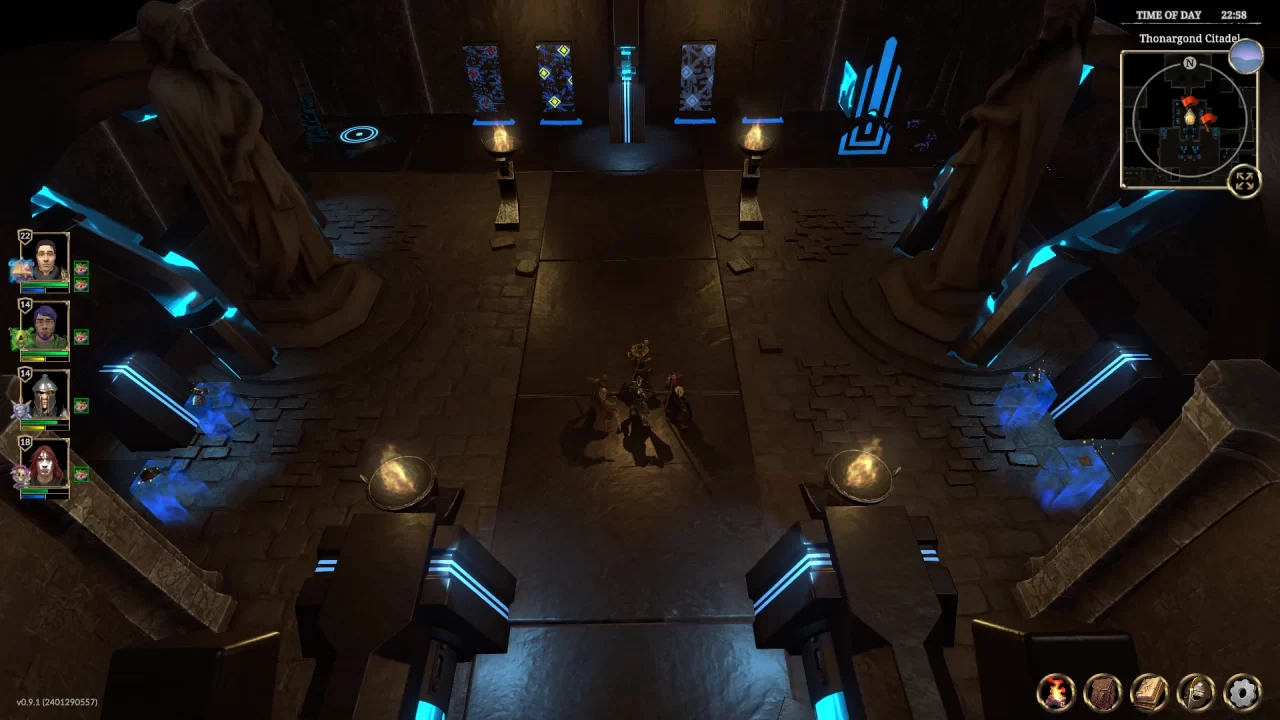
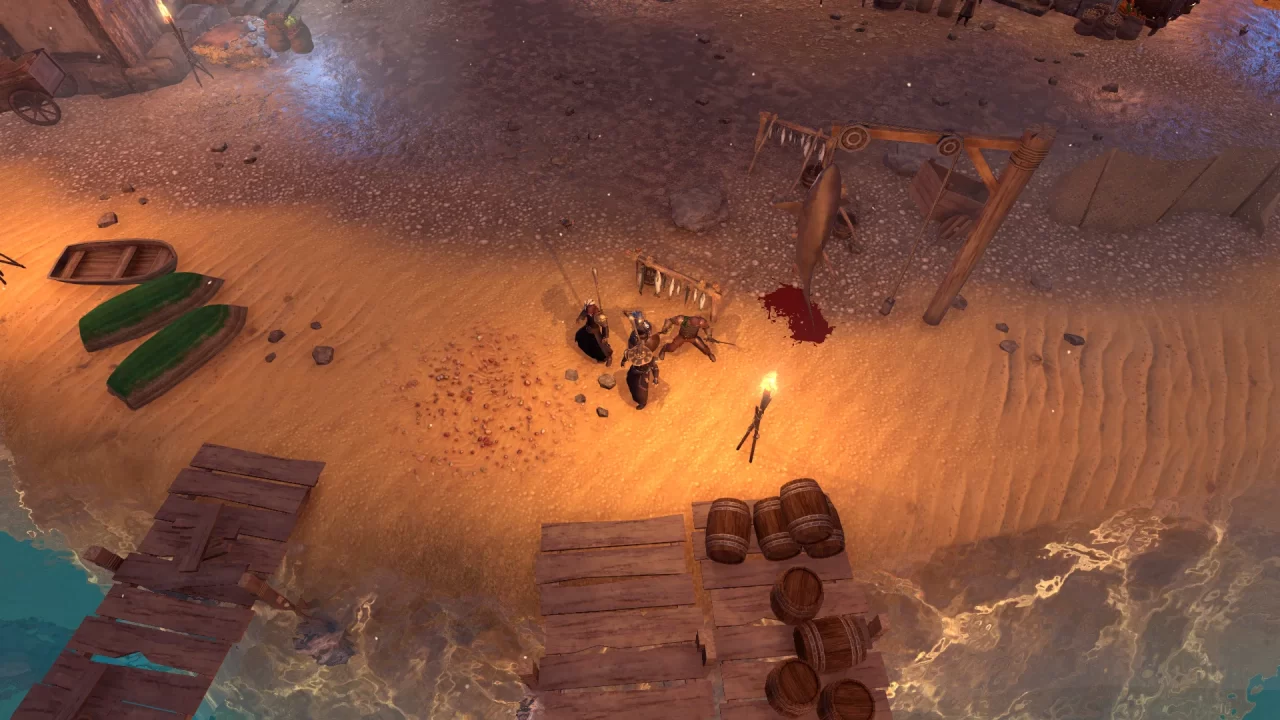

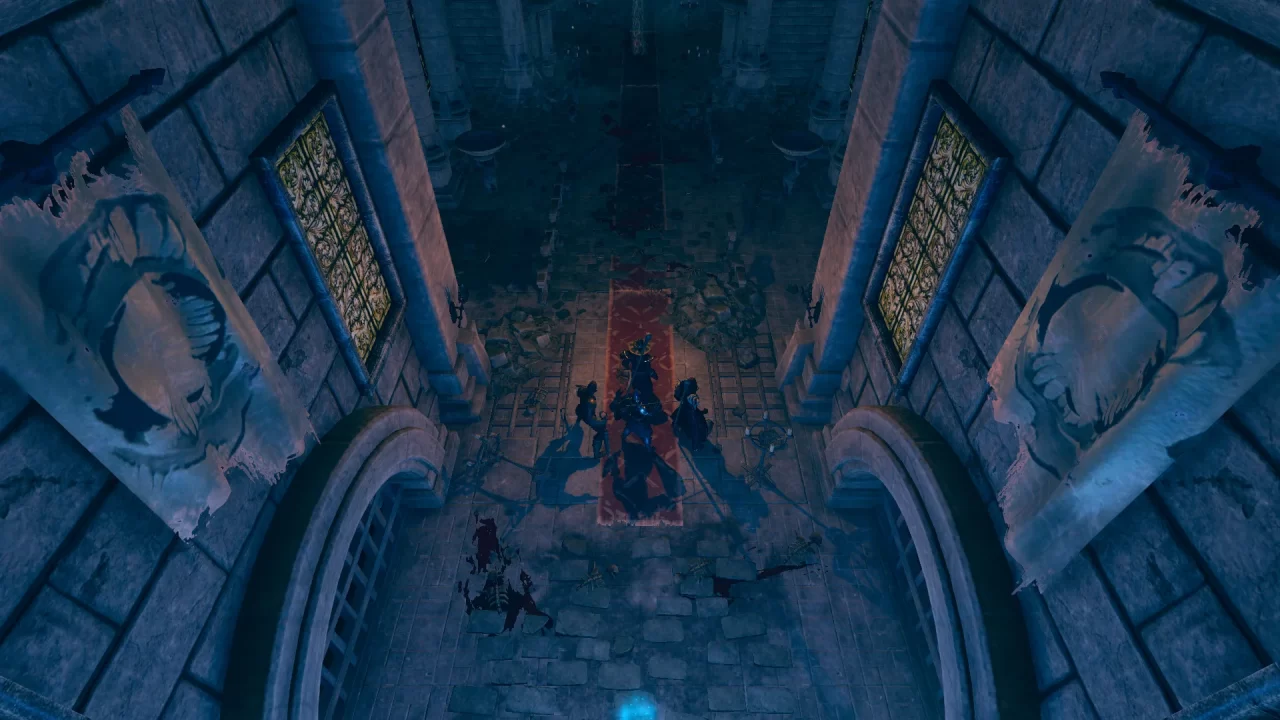
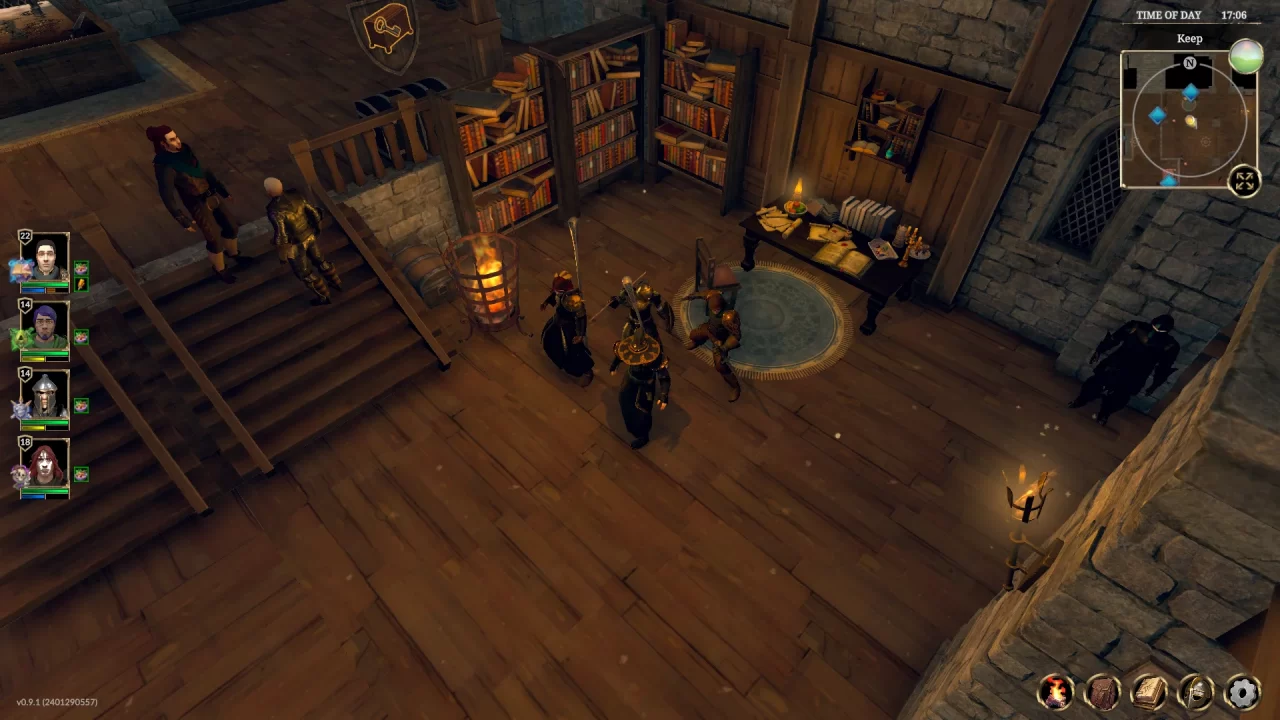
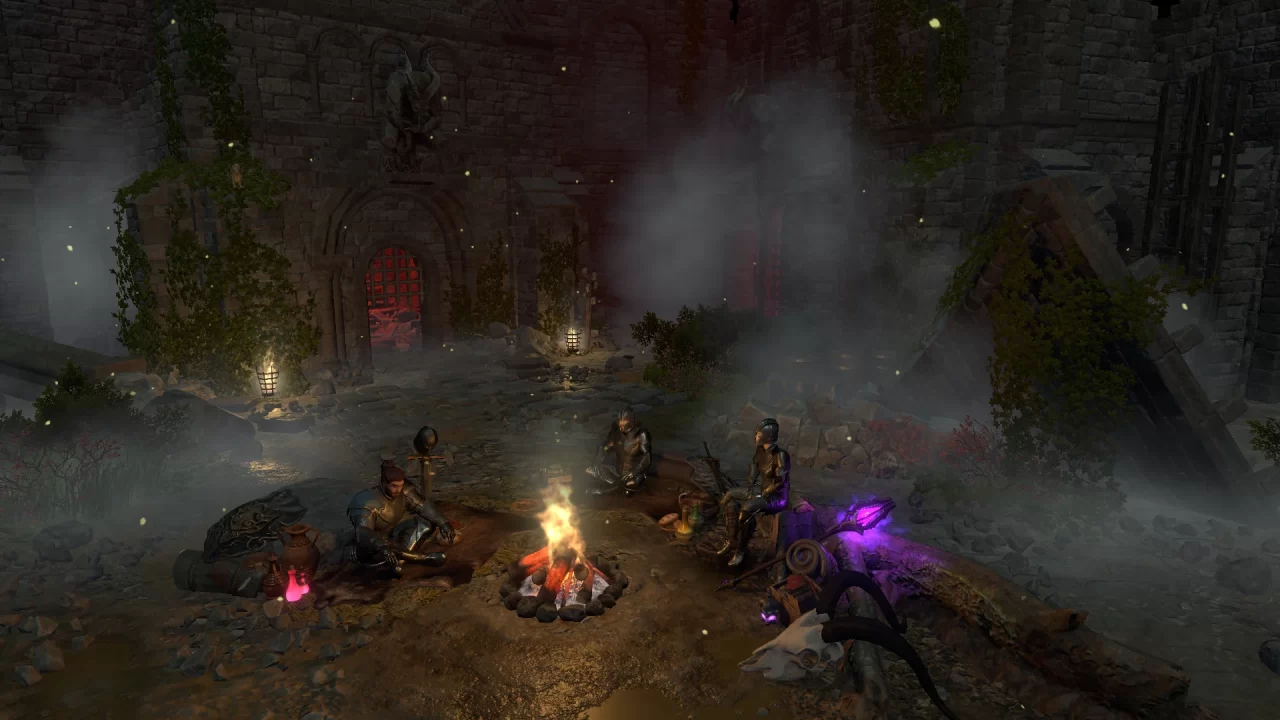
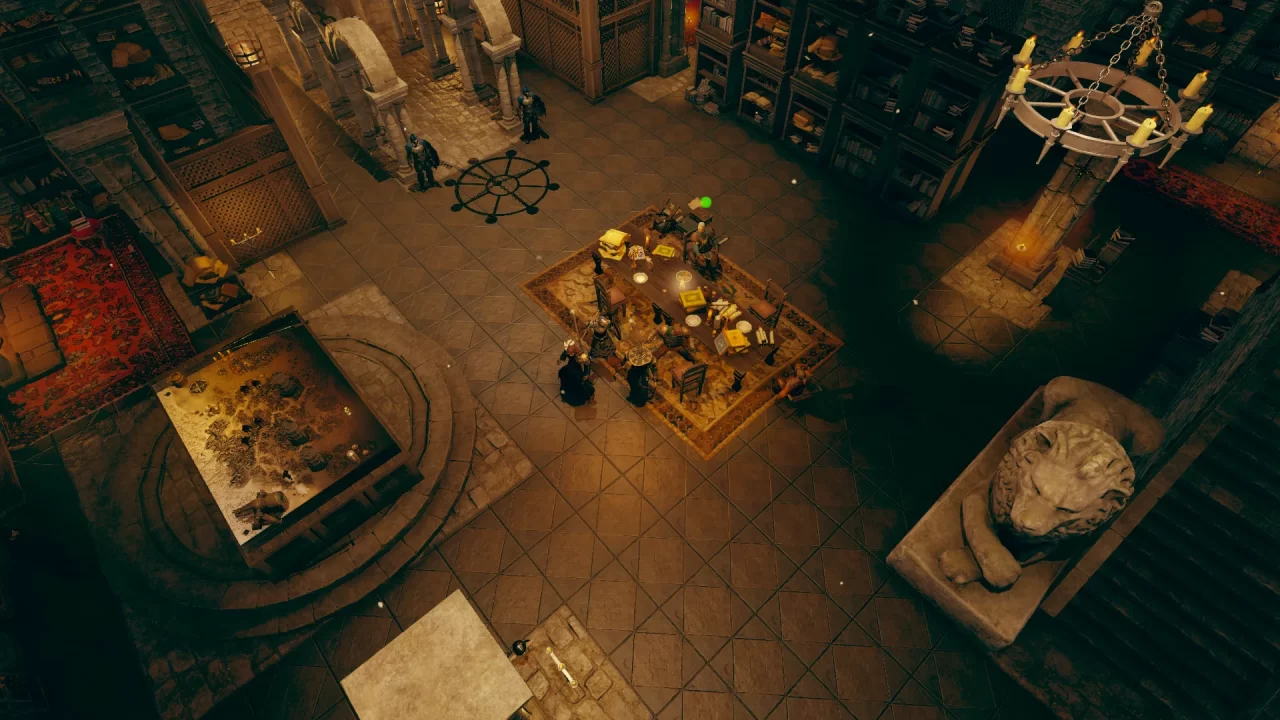
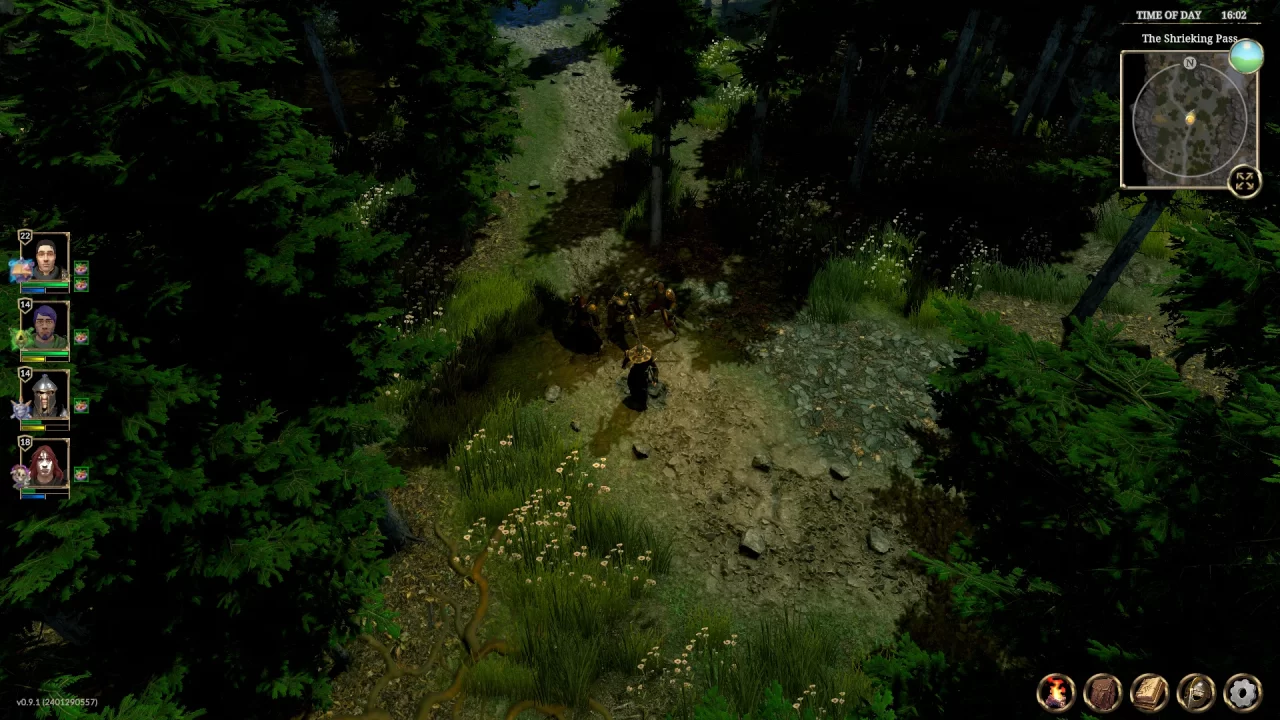

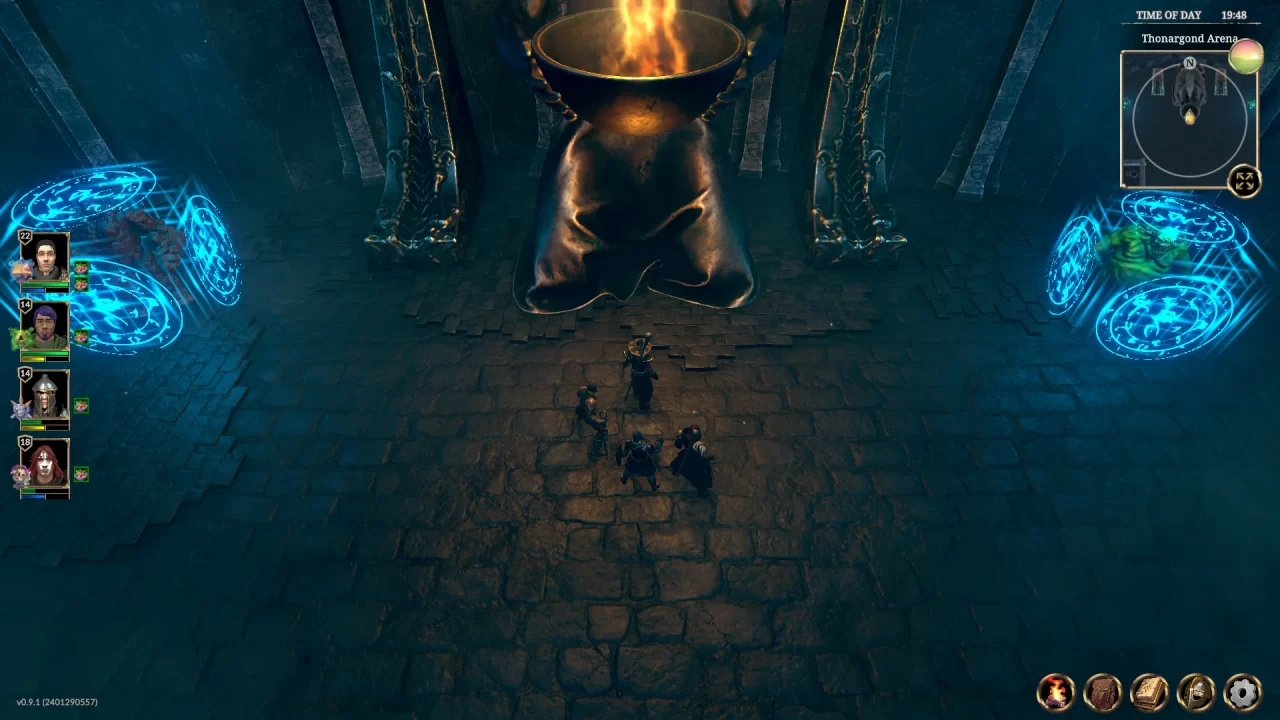
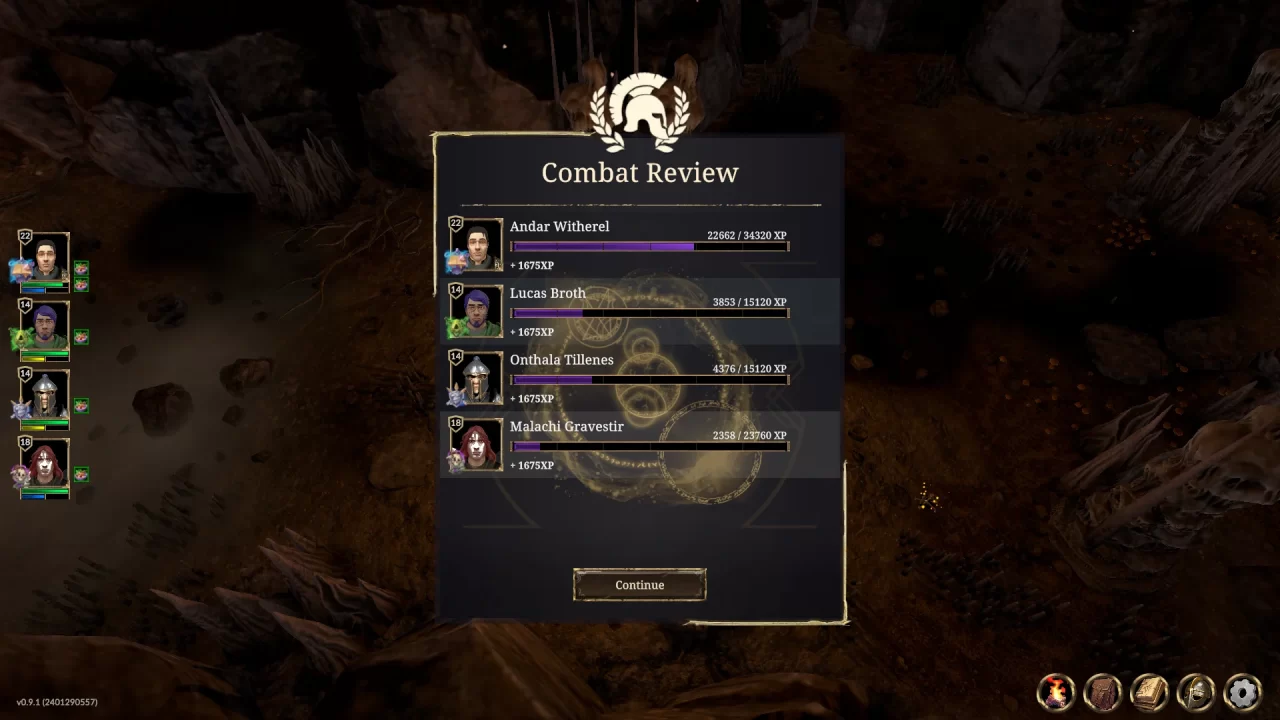

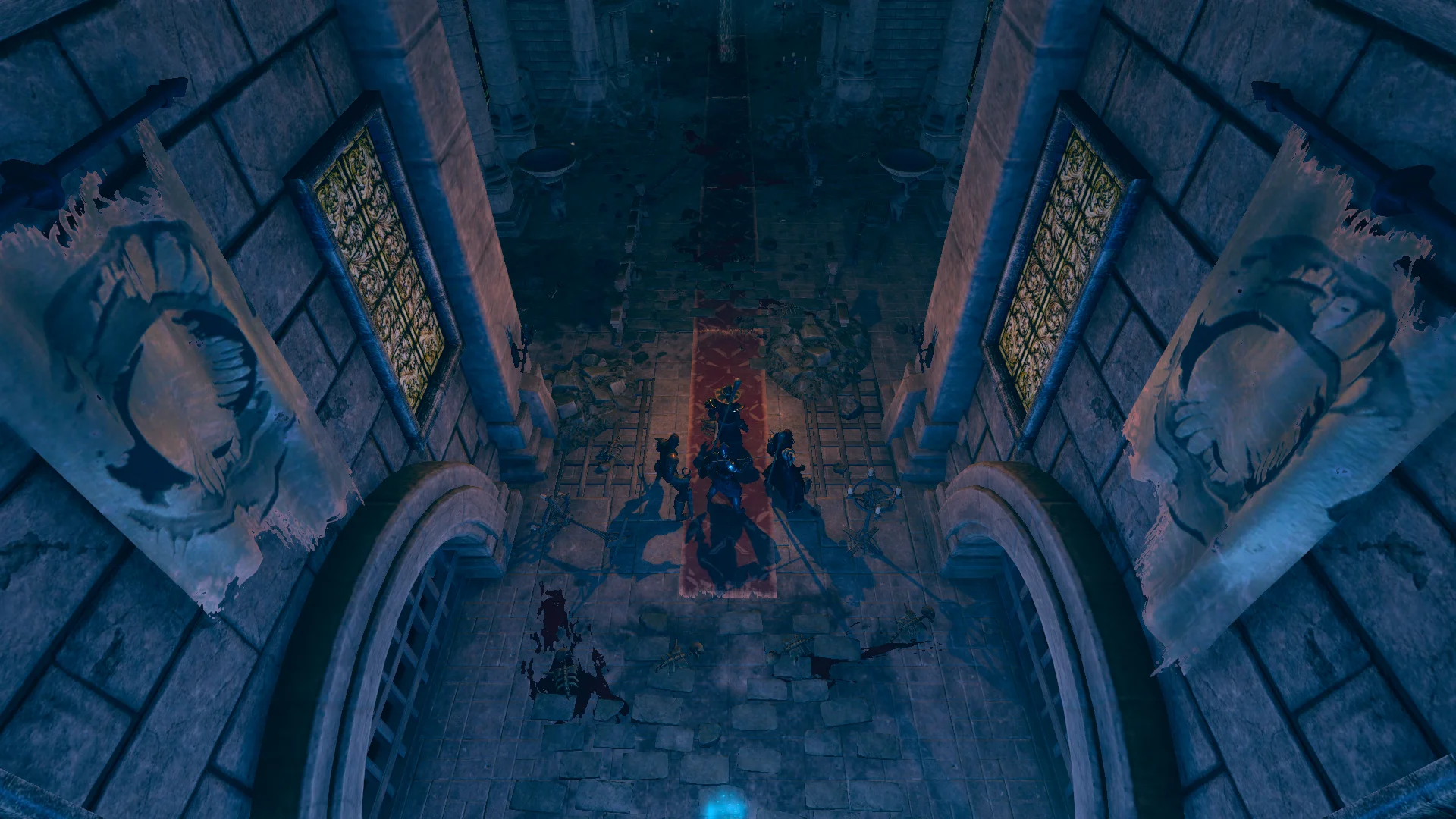
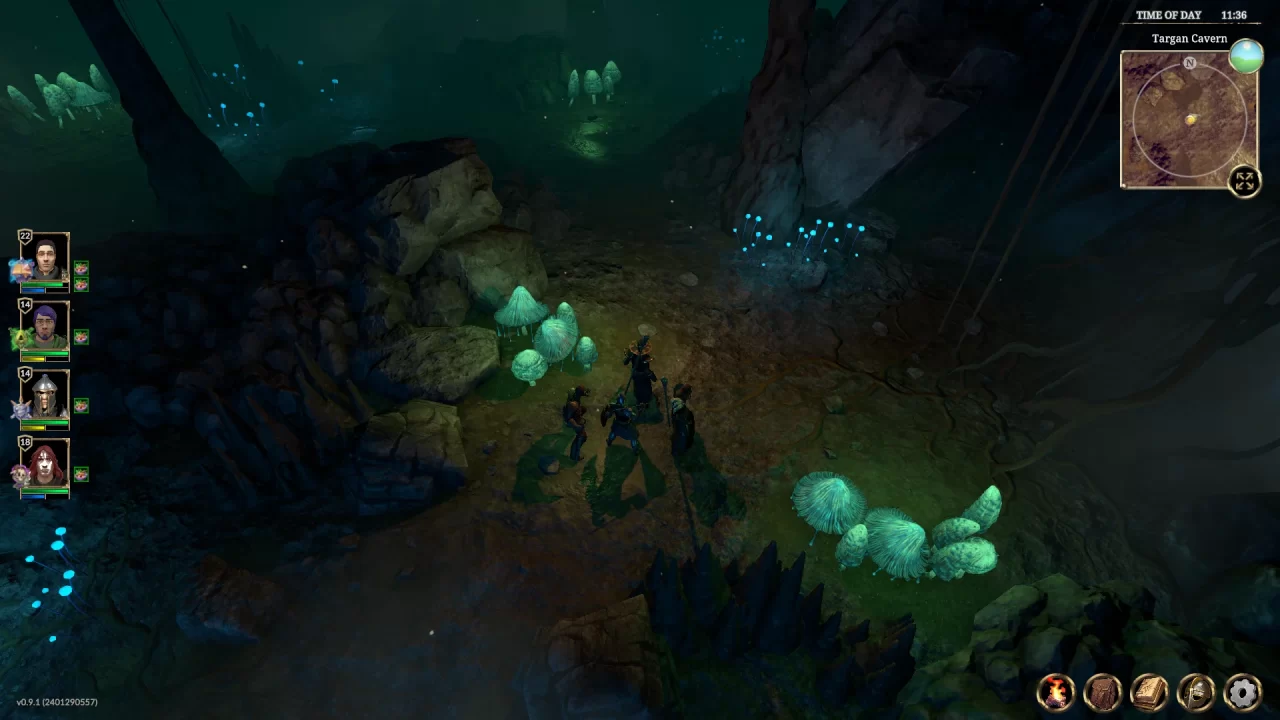
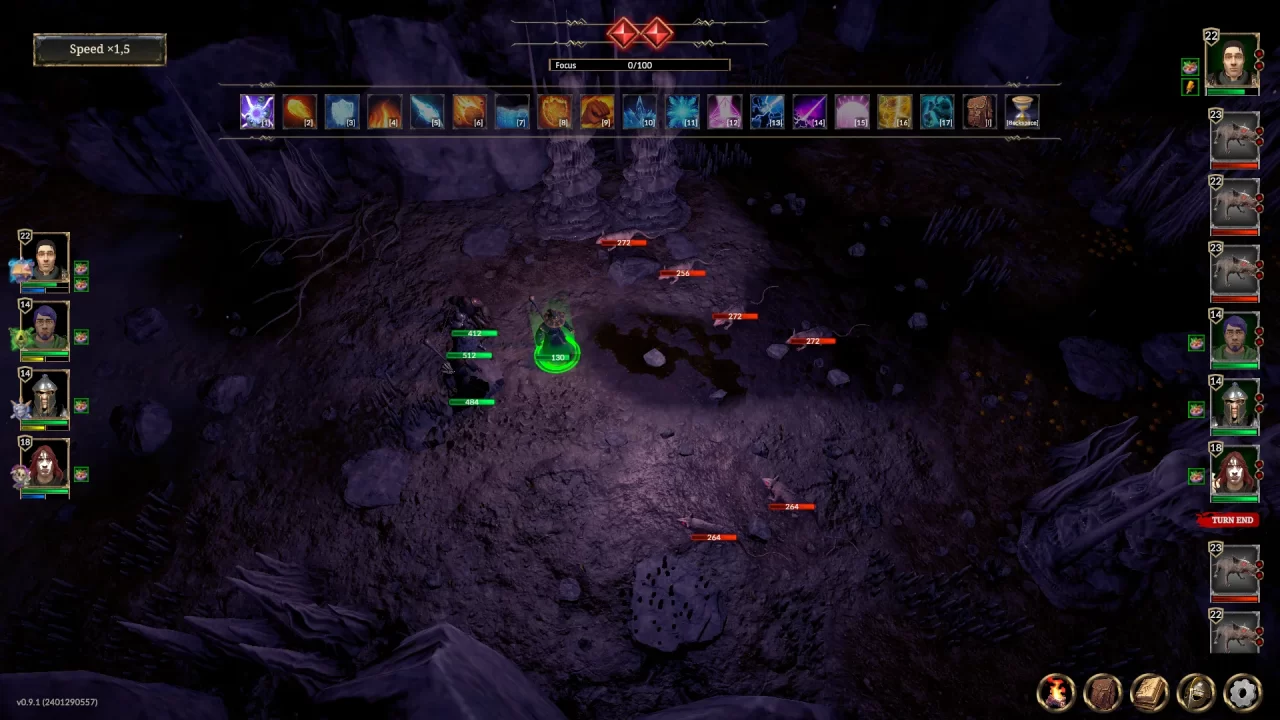
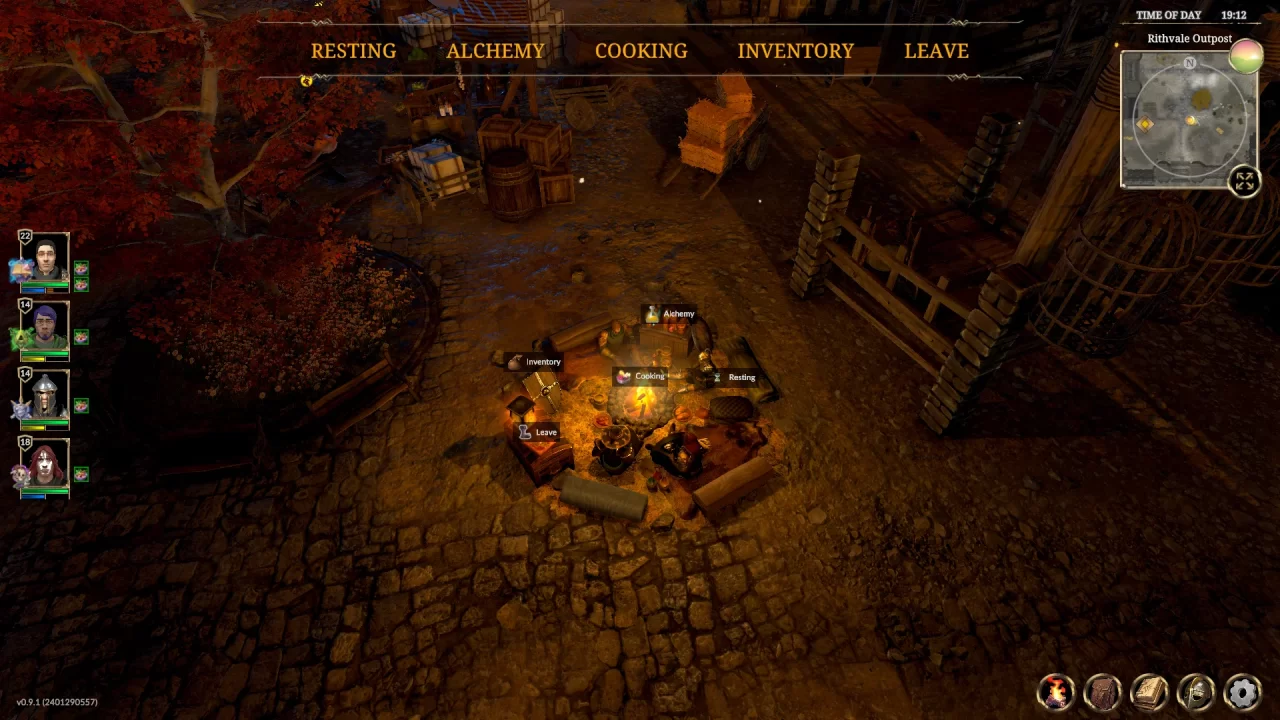


Leave a Reply
You must be logged in to post a comment.